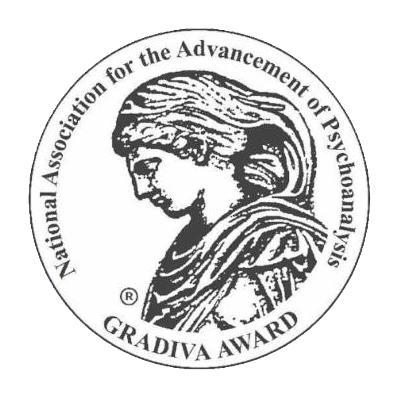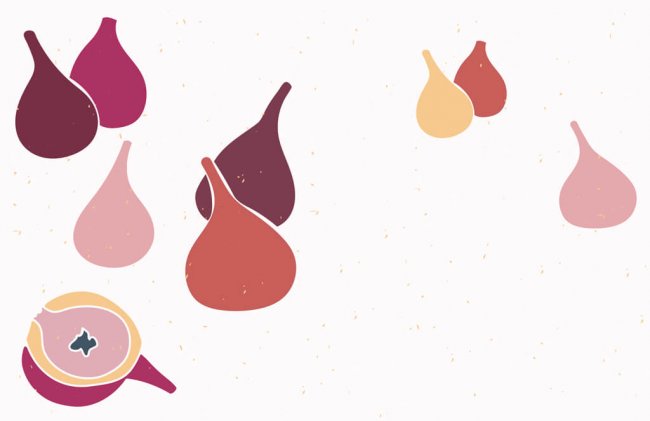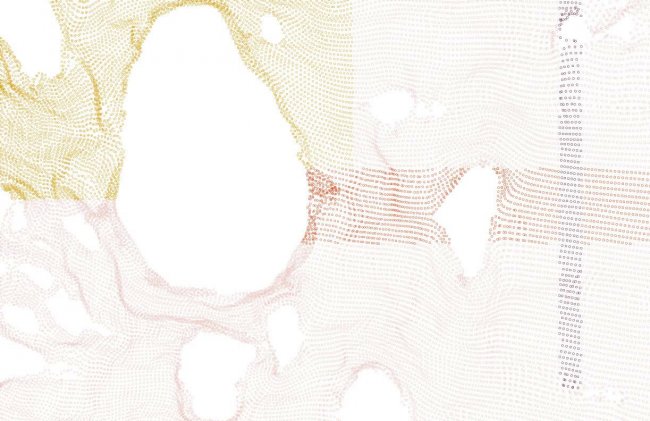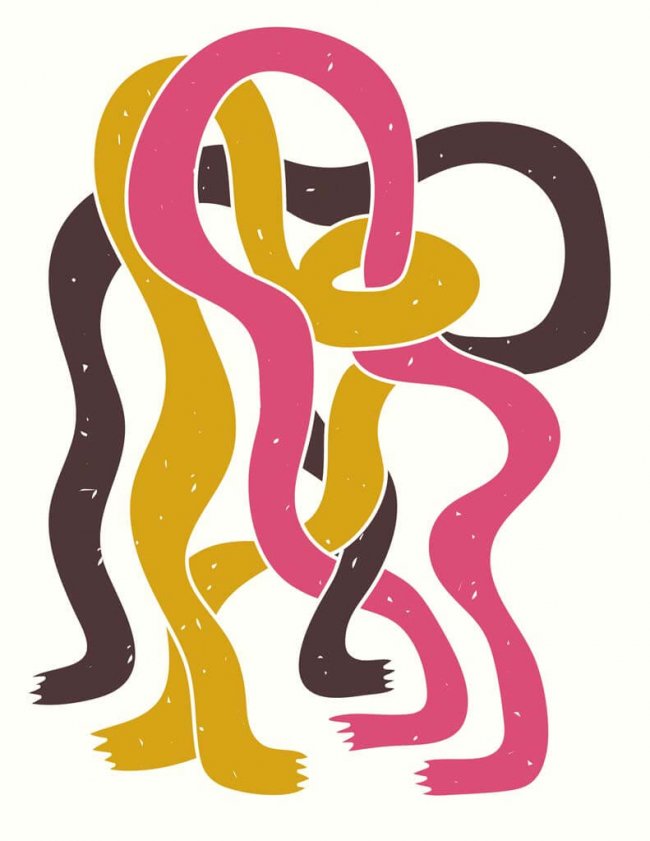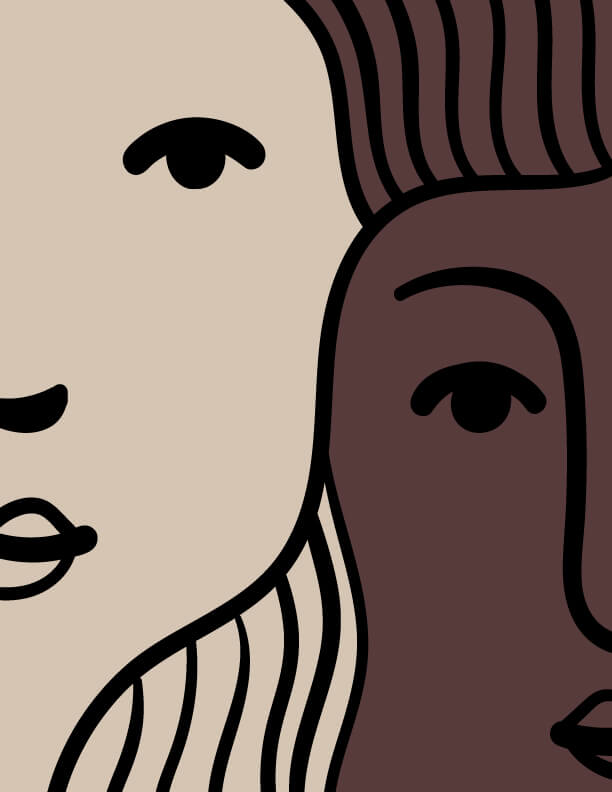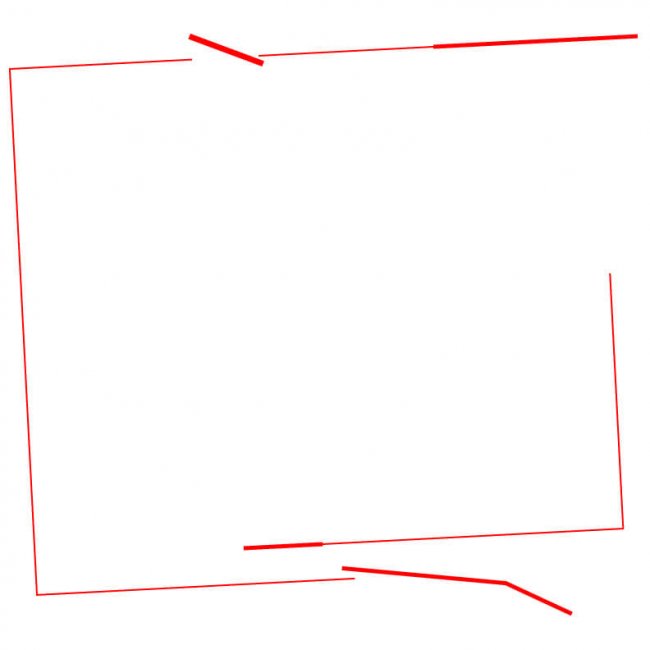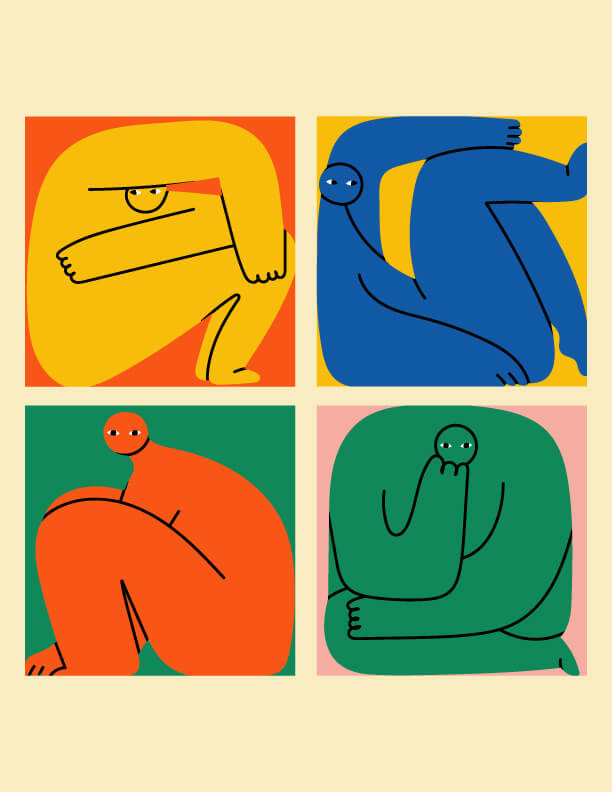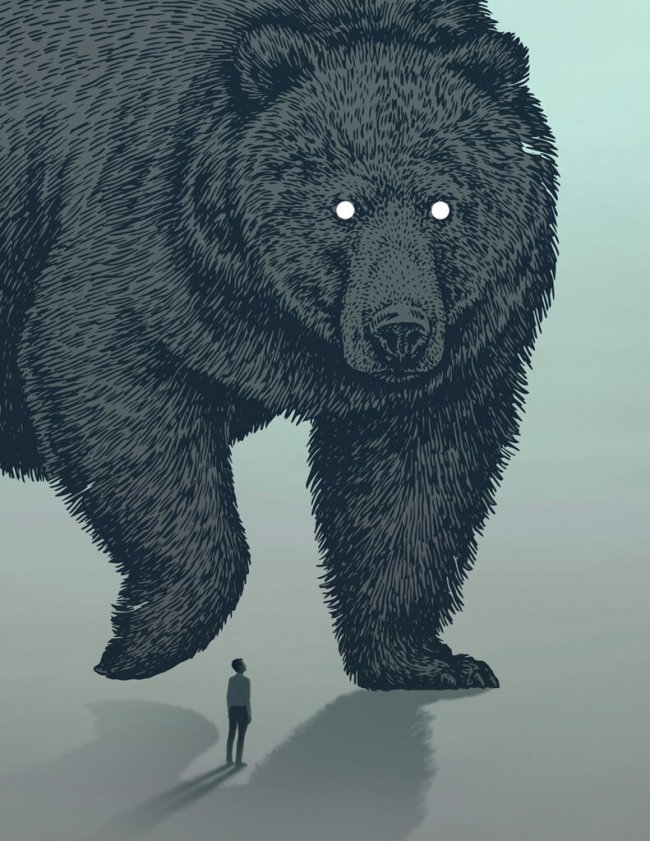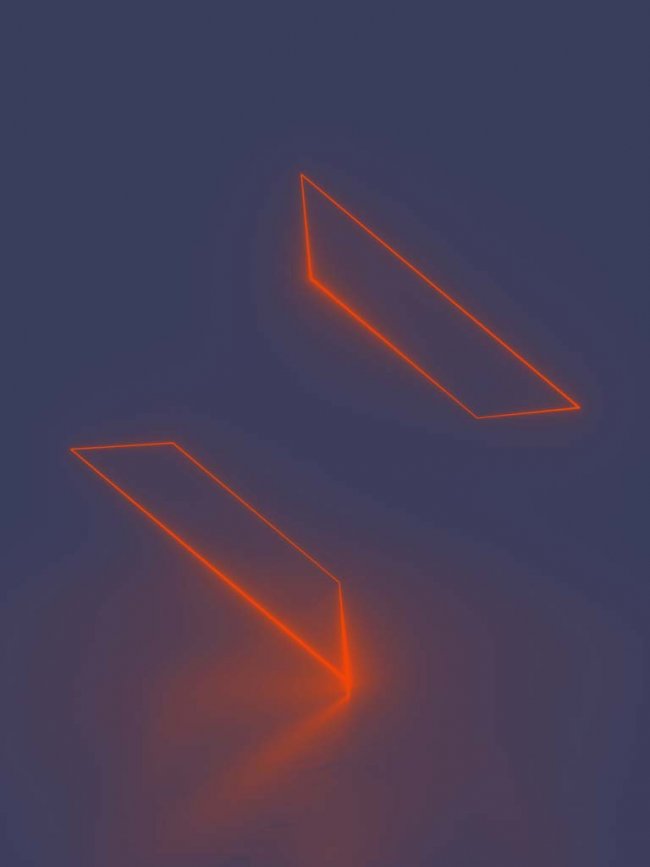OF FRUIT AND COVID by Santiago Delboy
I stood in front of the granadillas for what felt like an eternity, holding an empty plastic bag in my right hand and a shopping basket in my left. (A granadilla is a small South American fruit, with a round orange hard outer shell, and a white velvety layer in its interior, holding black seeds swimming in a gelatinous sweet pulp). The people at the store, likely rushing to get out of there as soon as possible, felt like ghosts that somehow managed to get around my inert body. My stupor probably looked like a staring contest with these fruits. Their passive silence did nothing but increase my confusion. Perhaps I was waiting in vain for them to give me some clarity, whether an answer to my shopping nightmare or something that would help me make sense of the last few days.
